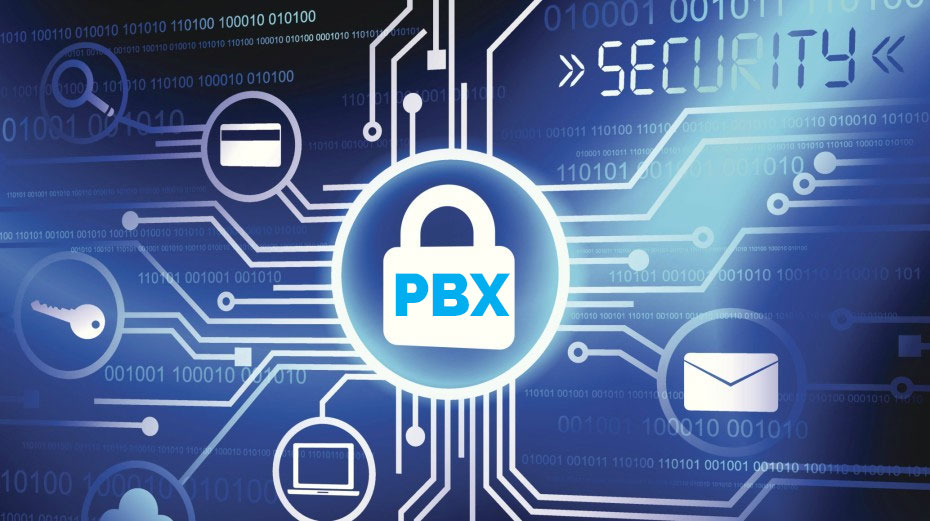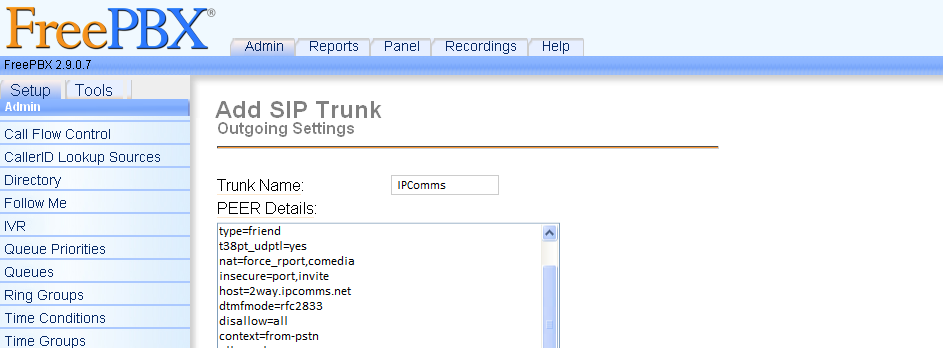Connect your open source PBX to our SIP trunks.
IPComms began connecting our SIP trunks to Asterisk® PBXs in 2002. And not to brag, but since then, we've successfully provided over 30,000 SIP/IAX trunks to almost every version of Asterisk on the market.
So, whether you're a forum-surfing, wiki-reading, ISO-burning open source PBX newbie or a full-fledged, Digium® certified, card-carrying member of every Asteriskusers group on the Web... we're sure to be the SIP Trunking service provider you want in your SIP.conf file.
Our USA-based support staff is here to help you get your Asterisk PBX connected to our IPComms' SIP trunks. In fact, we'll prove it to you! Sign up for our Free SIP Trunk Trial and experience our extremely high-quality service and technical support for yourself. We also have plenty of Asterisk PBX Videos and Asterisk Tutorials available online.






